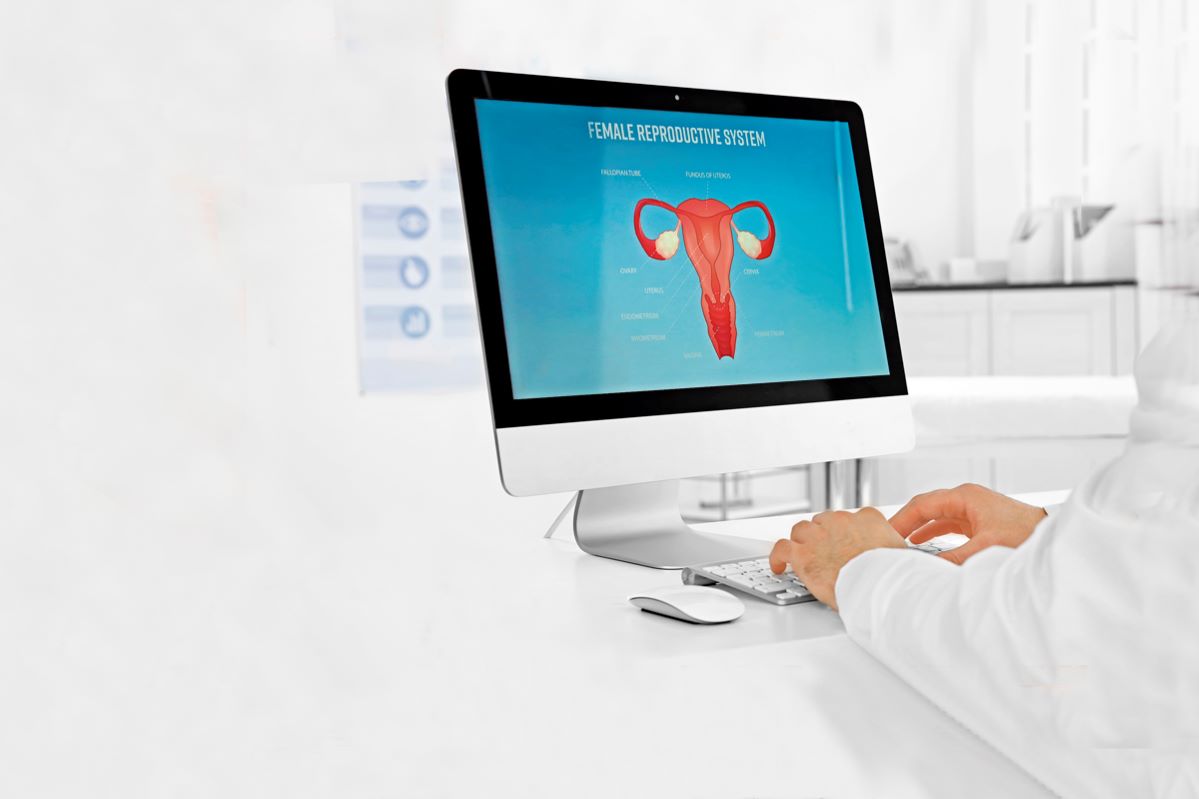This is perhaps one of the most frequently asked questions among women who suffer from heavy and painful menstrual periods since both are among the reasons for suffering from this condition.
Cysts and fibroids are often considered the same. However, although they both form in the female reproductive organ, their location, size, and consistency are different, and their treatment is also different.
What is a cyst?
It is a bag of fluid or solid tissue that can form in any part of the body, such as the uterus, ovaries, or fallopian tubes, and in most cases, they are benign.
What is a uterine fibroid?
It is a muscular accumulation that develops in the uterus. Fibroids can be located inside, outside, or on the cervix walls and are non-cancerous tumors.
Do cysts and fibroids produce the same symptoms?
Yes, most patients experience similar symptoms, so it is easy to get them confused. Some of the common symptoms between cysts and fibroids are heavy menstrual bleeding, pelvic pain, and lower belly swelling.
How are fibroids treated?
One of the treatments is embolization, a minimally invasive procedure, which involves delivering drugs through the artery to decrease the abnormal blood flow and reduce fibroids. The advantage of this treatment is the possibility of conserving the uterus.
What is the treatment for cysts?
Depending on the cysts’ size, hormonal or surgical treatment can be done if the cysts affect the patient’s quality of life due to bleeding or severe pain.
Disclaimer:
The content of this article is for informational purposes only and does not constitute medical advice.






